Solar Effect on Supply Air Ventilated Window CFD Simulation, ANSYS Fluent Training
Solar Effect on Supply Air Ventilated Window CFD Simulation, ANSYS Fluent Training
- Upon ordering this product, you will be provided with a geometry file, a mesh file, and an in-depth Training Video that offers a step-by-step training on the simulation process.
- For any more inquiries regarding the product, please do not hesitate to reach out to us at info@CFDLAND.com or through our online support assistant.
€130.00 Original price was: €130.00.€115.00Current price is: €115.00.
During harsh winter months, keeping buildings warm often means huge energy bills – but what if windows could actually help heat our homes instead? Supply air ventilated windows represent an amazing innovation in building energy efficiency by transforming ordinary windows into powerful passive heating systems. These special windows work like mini solar collectors, capturing valuable solar radiation that would otherwise be wasted and using it to warm incoming fresh air. Unlike standard windows that simply let heat escape, ventilated window designs create an air pathway between glass layers where heat transfer happens through conduction, convection, and radiation simultaneously. Furthermore, this clever arrangement improves indoor air quality while significantly reducing heating costs in cold climates through completely passive ventilation. The sophisticated physics behind this technology requires advanced CFD simulation tools like ANSYS Fluent to properly understand and optimize the complex airflow patterns and thermal performance. Additionally, carefully designed window cavities can dramatically increase incoming air temperature by up to 12 degrees Celsius simply by harnessing free solar energy – all without using any electricity or fuel!
Based on the reference paper “A CFD-Based Parametric Thermal Performance Analysis of Supply Air Ventilated Windows”, the present CFD study is executed.
- Reference [1]: Najaf Khosravi, Shiva, and Ardeshir Mahdavi. “A CFD-based parametric thermal performance analysis of supply air ventilated windows.” Energies9 (2021): 2420.
Figure 1: Schematic of a supply air ventilated window
Simulation Process
Ansys Design Modeler and Ansys Meshing were used as a pre-processor to create the geometry, mesh, and computational domain. Figure 2 illustrates the computational domain. Activation of Discrete Ordinate (DO) radiation model along with suitable density model (Boussinesq) is crucial considering buoyancy-driven flow. In our scenario, a freezing cold winter is assumed. It is targeted to adopt a passive heating system.
Figure 2: Schematic of supply air ventilated window geometry
Post-processing
Look at how heat creates invisible rivers of air inside this amazing structure! The first image shows us a fantastic temperature map where we can see heat traveling from hot to cold. We successfully captured the dramatic temperature contrast of over 32°C between the warmest and coldest zones in our simulation! On the right side, you can spot the bright red strip showing the hottest area (25.18°C) right next to a deep blue region that’s actually below freezing (-7.10°C). This sharp boundary between hot and cold creates what engineers call a “thermal gradient” – basically a temperature cliff that drives air movement. The middle section shows a beautiful rainbow of temperatures as heat gradually spreads through the structure. Most importantly, the temperature pattern stays remarkably stable despite the ongoing air movement, proving that our model correctly captures the delicate balance between heating, cooling, and air circulation that happens in real-world scenarios.
Figure 3: Static temperature contour displaying vertical temperature stratification
Now check out the following contour showing how air dances through the structure because of these temperature differences! We perfectly modeled the natural convection currents that form when warm air rises and cool air sinks without any fans or pumps pushing it around. See that bright greenish-blue streak along the right edge? That’s where air accelerates to almost 0.25 m/s (about half a mile per hour) as it rushes upward along the heated wall. Then as the air cools, it slows down and creates those beautiful circular patterns visible in the flow. The 3D temperature view in the image reveals something even more fascinating – clear horizontal temperature layers that form throughout the entire structure, with warmer orange-red layers (around 20-25°C) separated by cooler blue bands (about -3°C). These distinct layers match exactly what scientists observe in real buildings and enclosures, showing that our simulation successfully captures the physics of how heat naturally organizes itself into stable layers when left undisturbed in enclosed spaces!
Figure 4: Velocity magnitude contour showing natural convection flow patterns
We pride ourselves on presenting unique products at CFDLAND. We stand out for our scientific rigor and validity. Our products are not based on guesswork or theoretical assumptions like many others. Instead, most of our products are validated using experimental or numerical data from valued scientific journals. Even if direct validation isn’t possible, we build our models and assumptions on the latest research, typically using reference articles to approximate reality.
Yes, we’ll be here . If you have trouble loading files, having technical problems, or have any questions about how to use our products, our technical support team is here to help.
You can load geometry and mesh files, as well as case and data files, using any version of ANSYS Fluent.
€175.00 Original price was: €175.00.€145.00Current price is: €145.00.

€155.00 Original price was: €155.00.€95.00Current price is: €95.00.

€185.00 Original price was: €185.00.€125.00Current price is: €125.00.

€240.00 Original price was: €240.00.€125.00Current price is: €125.00.

€255.00 Original price was: €255.00.€135.00Current price is: €135.00.

€120.00 Original price was: €120.00.€75.00Current price is: €75.00.



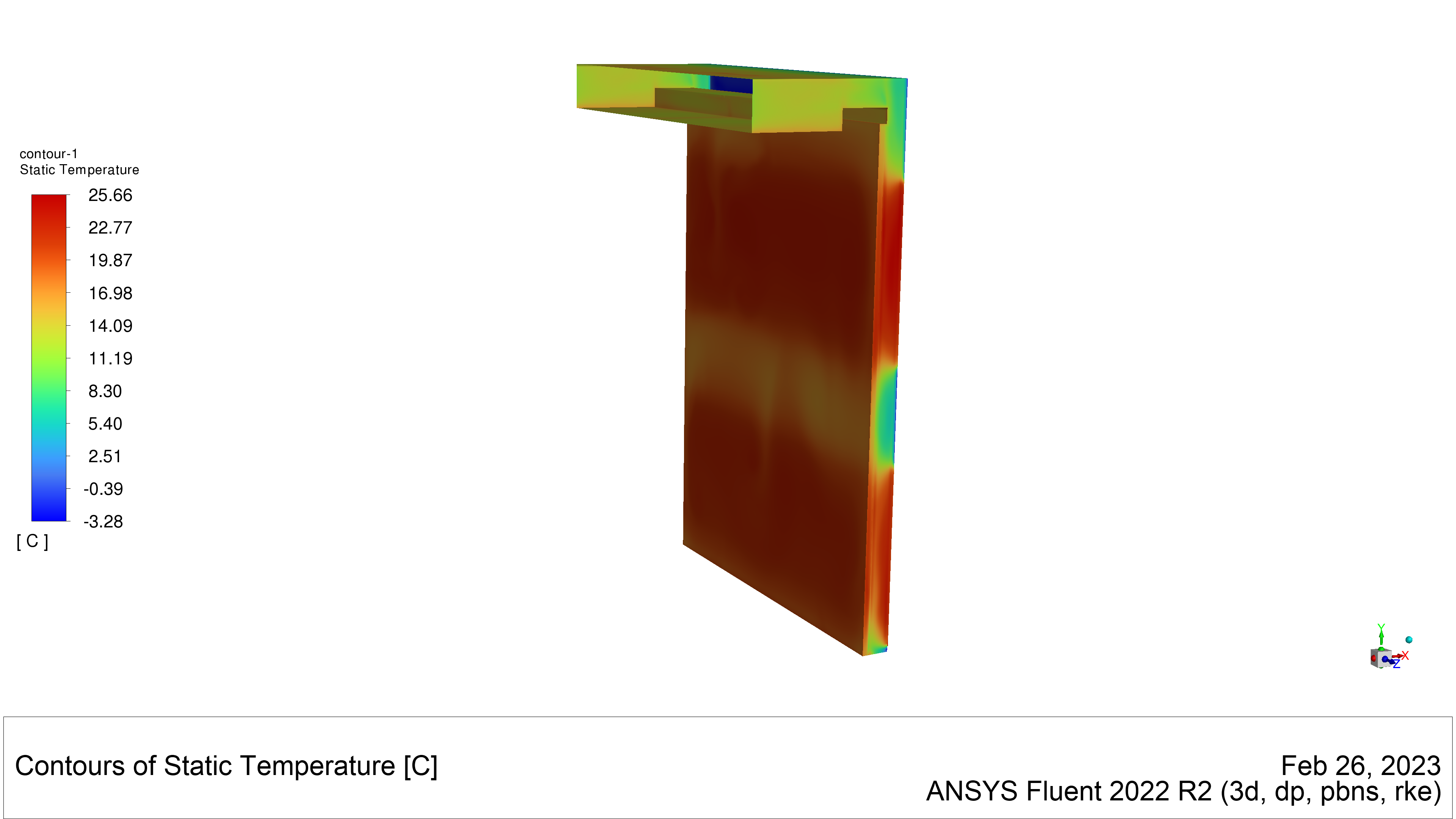
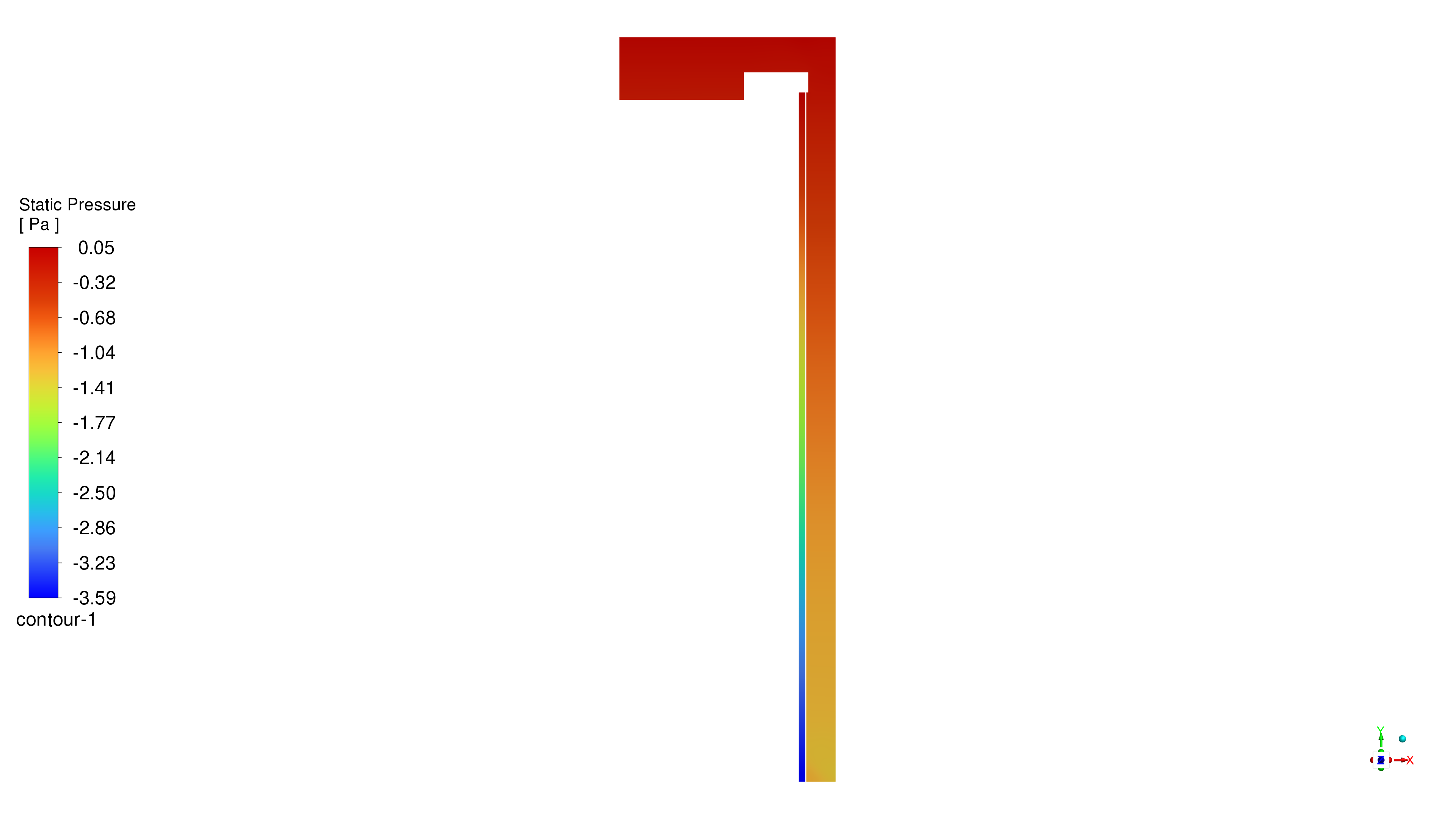
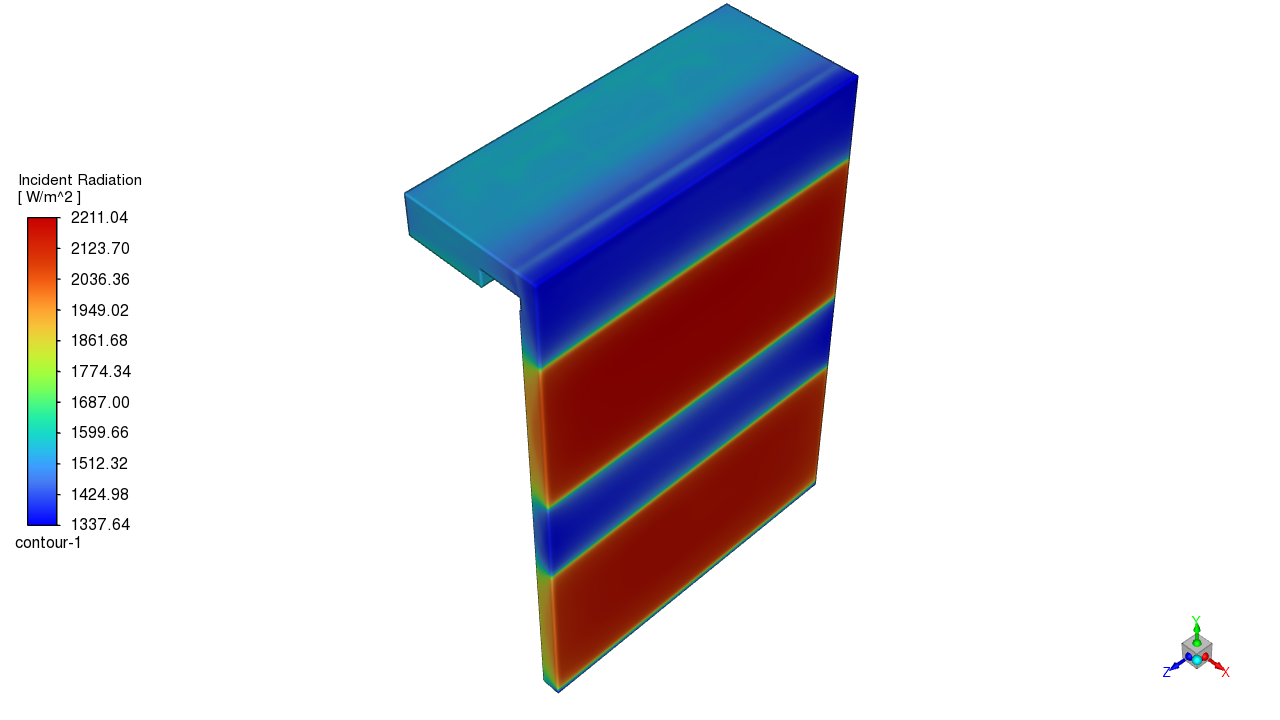
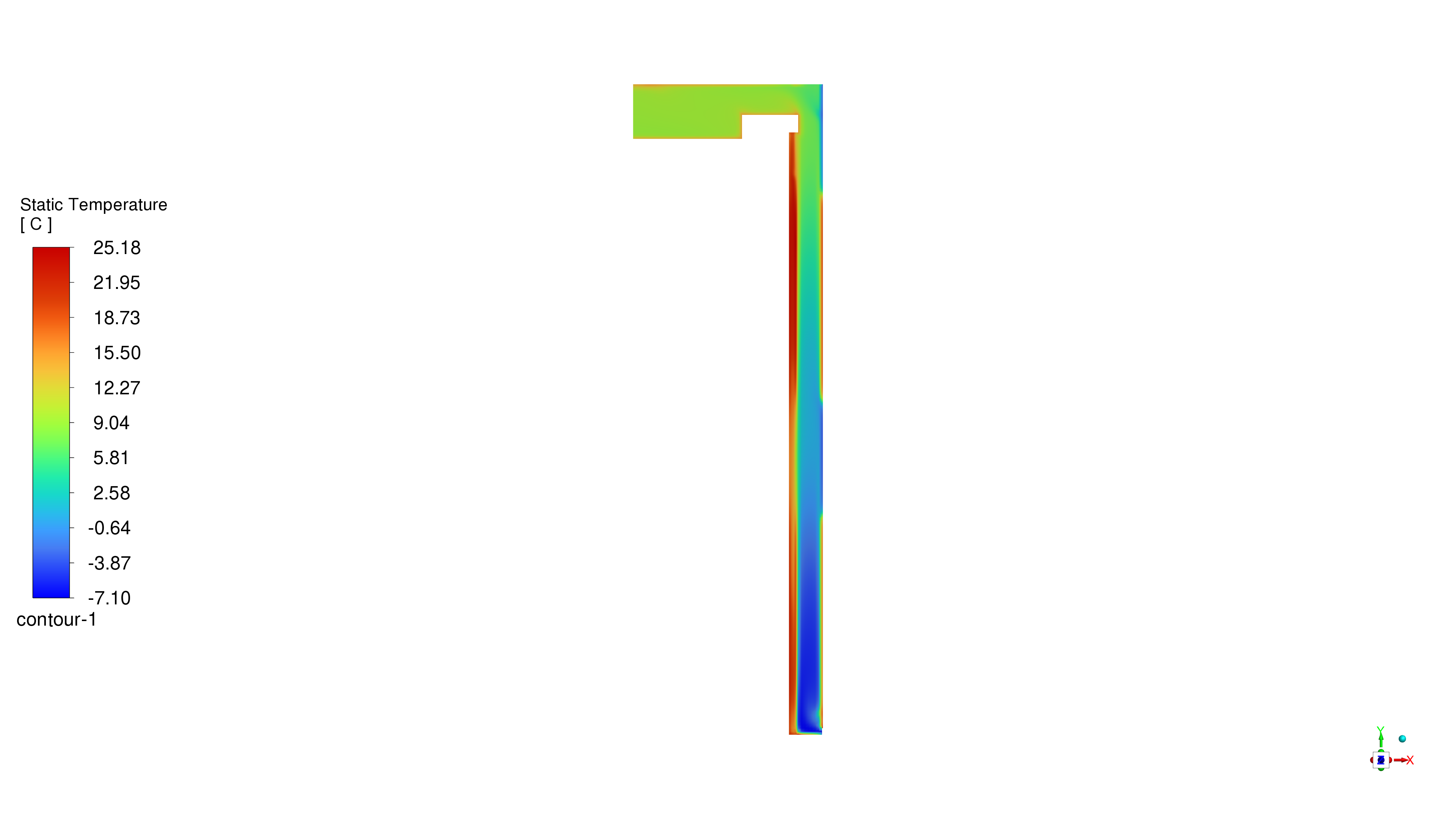
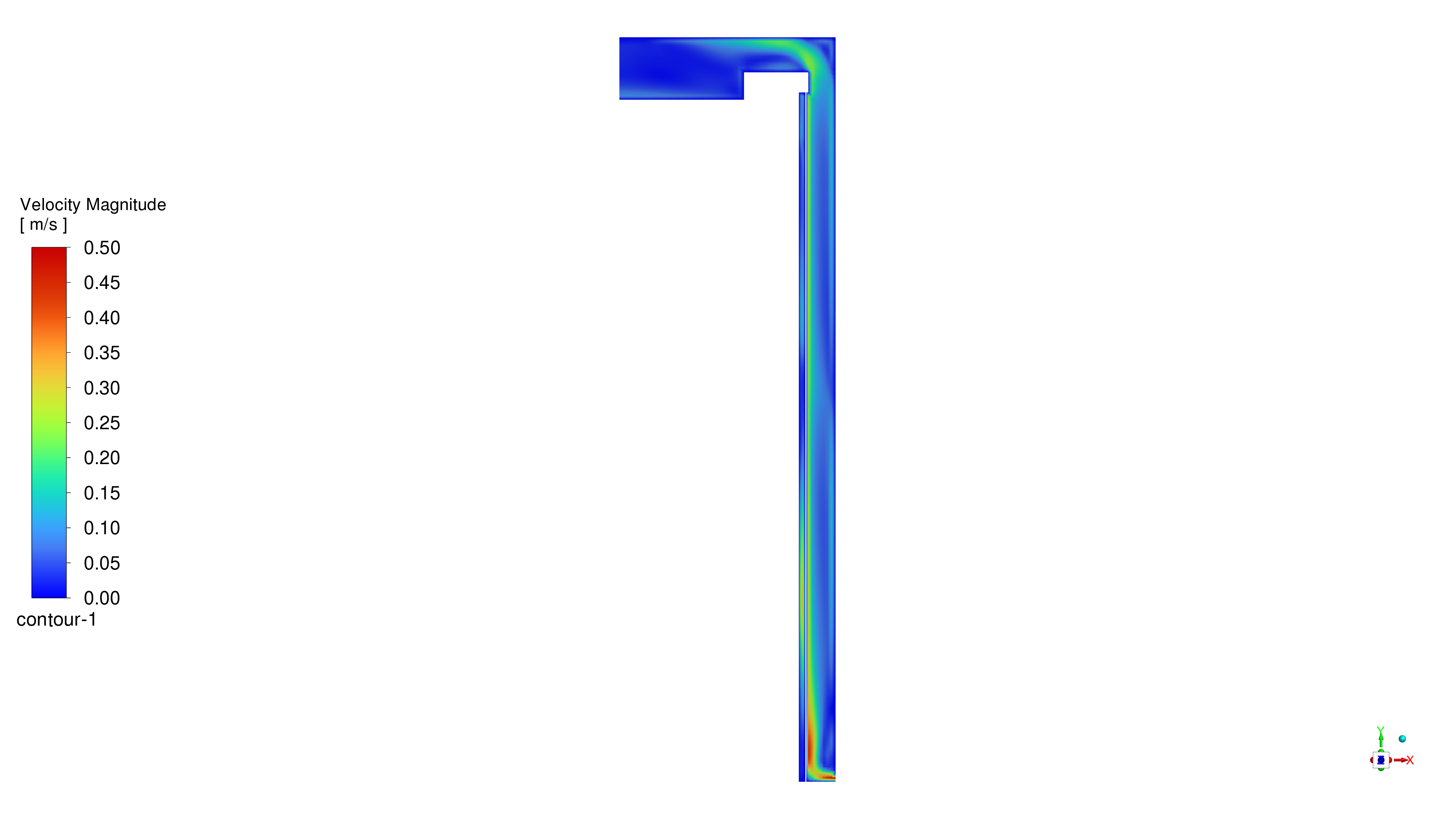

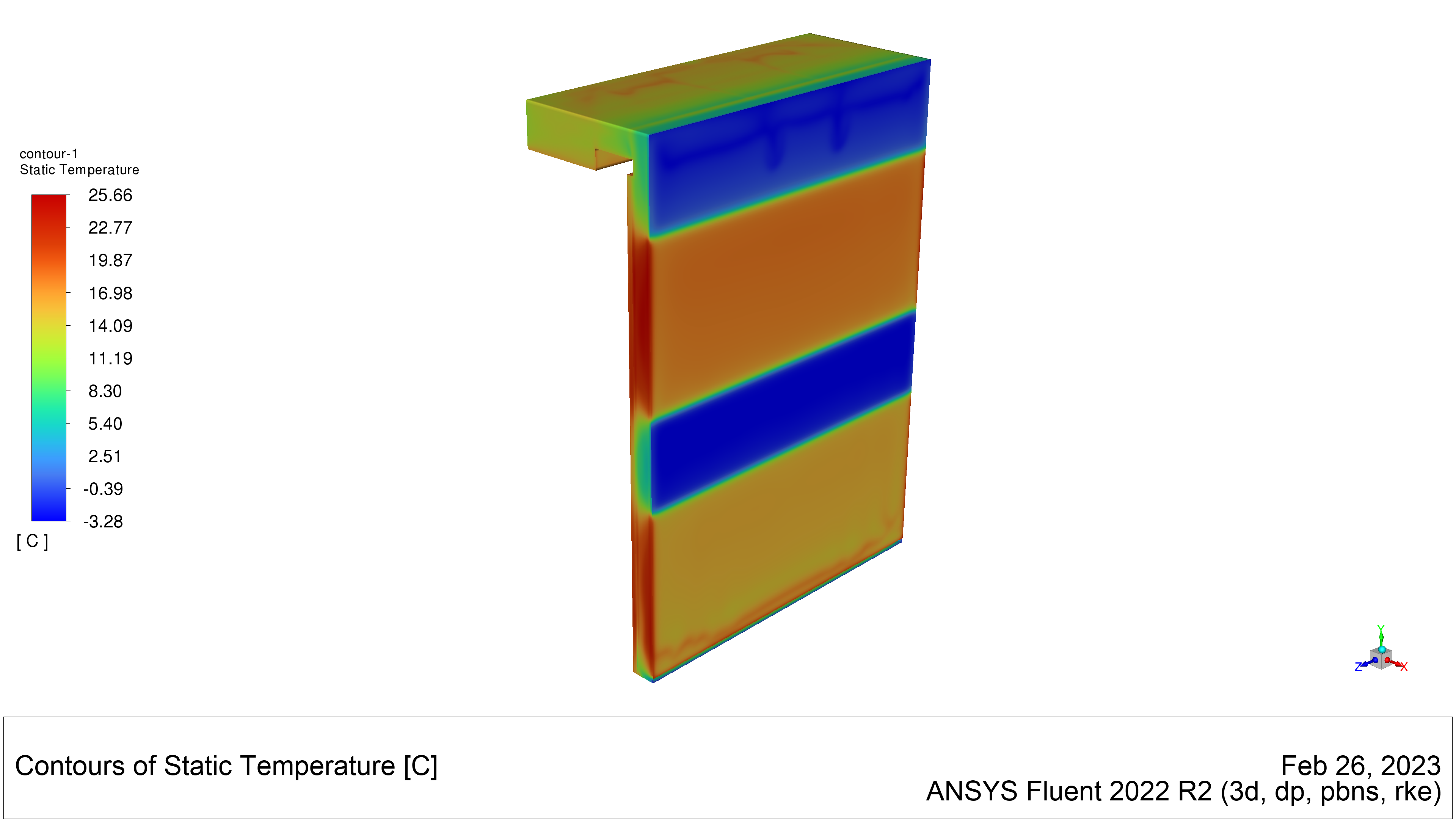
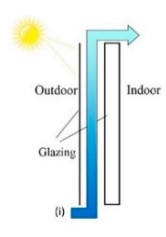
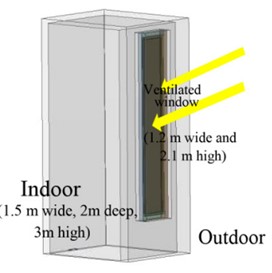


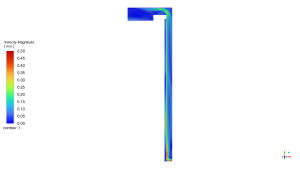











Reviews
There are no reviews yet.